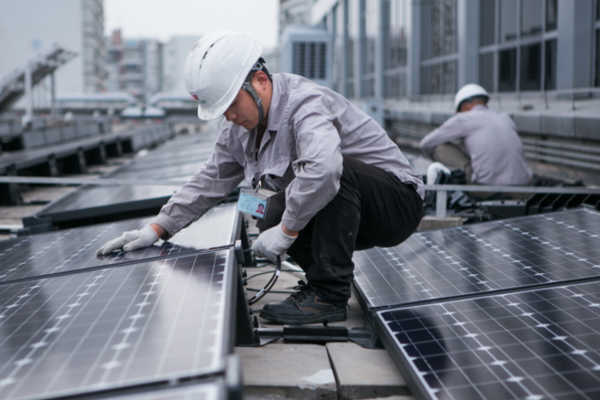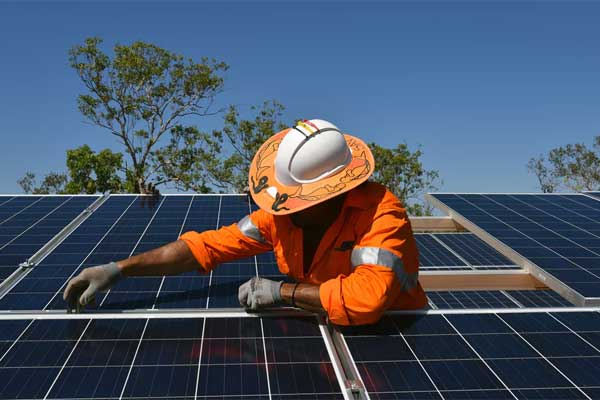SEIA — Legislation extending the Solar Investment Tax Credit (ITC) was signed into law on December 18th, 2015. The bill extends the 30% Solar Investment Tax Credits for both residential and commercial projects through the end of 2019, and then drops the credit to 26% in 2020, and 22% in 2021 before dropping permanently to 10% for commercial projects and 0% for residential projects.
In addition, the bill included language allowing owners who commence construction on their projects before the end of 2021 to claim the larger credit once their project is placed in service, as long as that project is placed in service before the end of 2023.
The extension of the Solar ITC will lead to sustained growth in the U.S. solar industry. By 2020, the industry will deploy more than 20 gigawatts (GW) of solar electric capacity annually and employ more than 420,000 workers. The additional solar generation will more than offset carbon emissions from the lift of the oil export ban on an annual basis by 2019.
Deployment
– The ITC extension will lead to more than 72 GW of solar photovoltaic (PV) installations from 2016 through 2020, with installations expected to grow in 2021. The 72 GW over 5 years represents an increase of over 25 GW (or 54%) over baseline expectations without the extension.
– Thanks to the extension, by 2020, the U.S. will have installed approximately 98 GW of PV and 2 GW of concentrating solar power (CSP) to total 100 GW of solar electric capacity. This is enough capacity to power more than 20 million U.S. homes.
– By 2020, the U.S. will be installing 20 GW of solar capacity annually. To put this in perspective, at the end 2014, 20 GW was the total amount of solar America had installed in its history.
– By 2020, solar will provide more than 3.5% of all U.S. electricity, up from just 0.1% in 2010, an increase of well over 3000% in just a decade.
Employment
– The ITC extension will trigger the addition of 220,000 solar jobs over the next 5 years.
– Total solar industry employment in 2020 is expected to be 420,000 – more than double the number of solar workers today (2015).
– The 420,000 jobs in 2020 represent 180,000 more thans than would be expected without an ITC extension.
– The forecast of 420,000 jobs in 2020 is closing in on the projected size of the entire U.S. electric utility industry (505,000 jobs in 2024), according to the Bureau of Labor Statistics.
Investment
– The ITC extension will spur an estimated $132 billion in additional investment in the U.S. economy between 2016 and 2020, toughly $40 billion more than would have been invested without the ITC extension.
– By 2020, the U.S. solar industry is estimated to be adding more than $30 billion annually into the U.S. economy.
Emissions
– Assuming the lift of the oil export ban increases global CO2 emissions by 10 million metric tons (MMT) annually (source: – Council on Foreign Relations), the ITC extension is estimated to fully offset those additional emissions on an annual basis by 2019.
– By 2021, U.S. solar generation will offset more than 100 MMT of CO2 annually, with roughly 25 MMT, or 25%, due to the ITC extension.
– In 2021, the 100 MMT of CO2 offset from U.S. solar matches the emissions of 27 typical coal power plants or 20 million passenger vehicles. (Source: EPA’s Greenhouse Gas Equivalencies Calculator)
















Comments